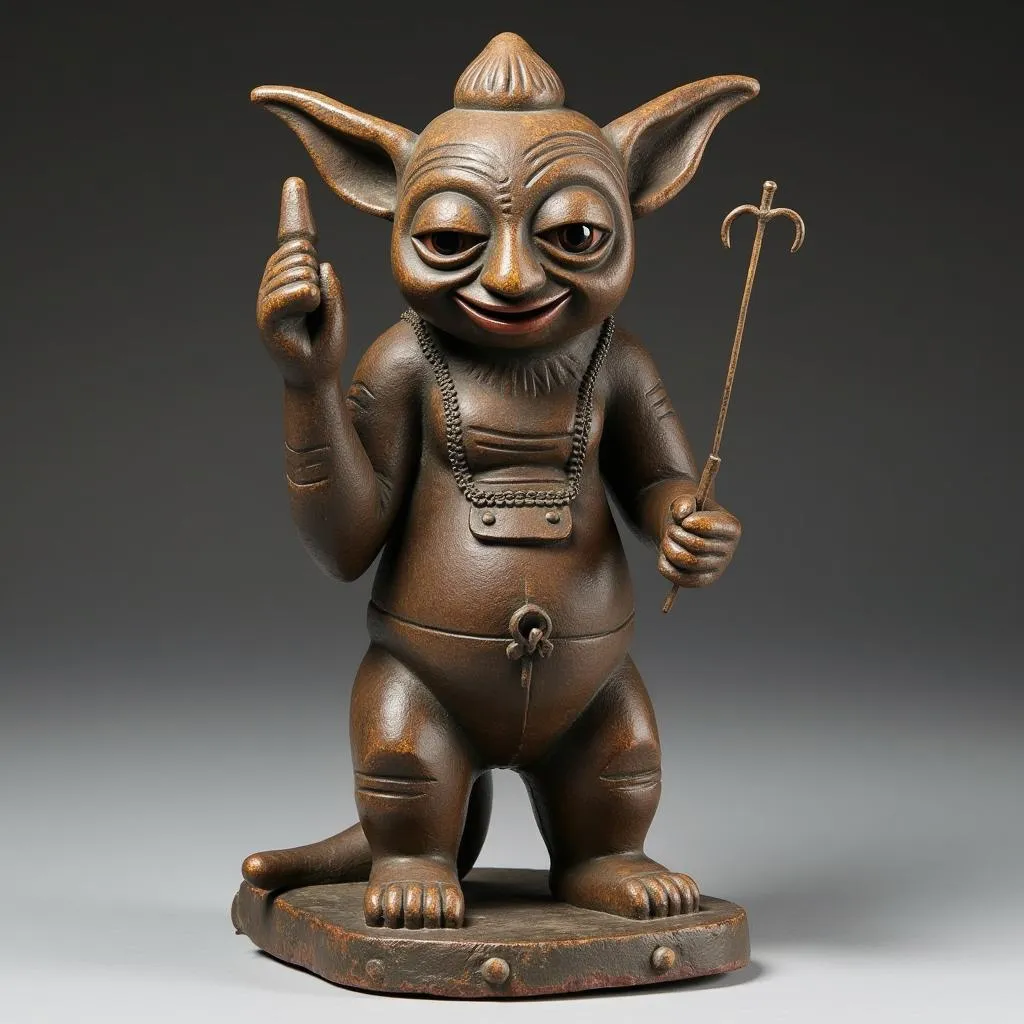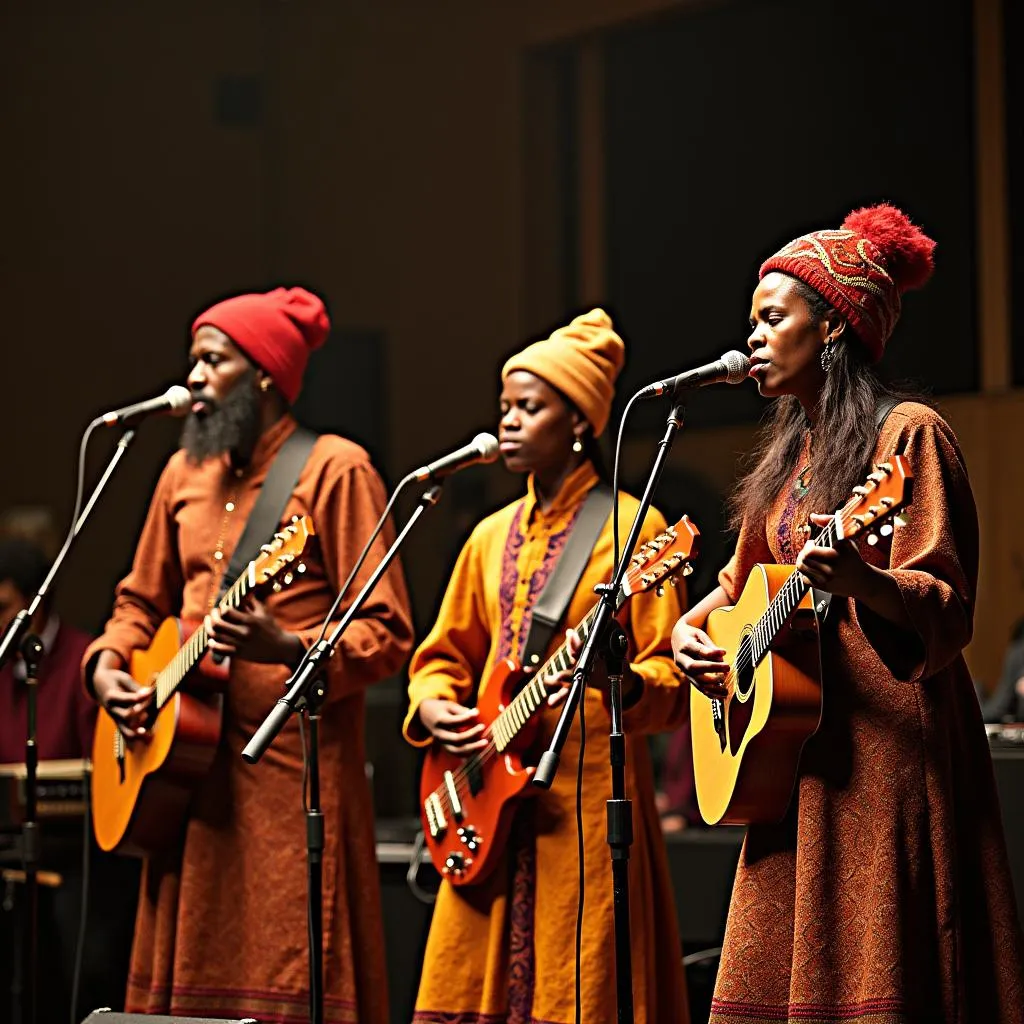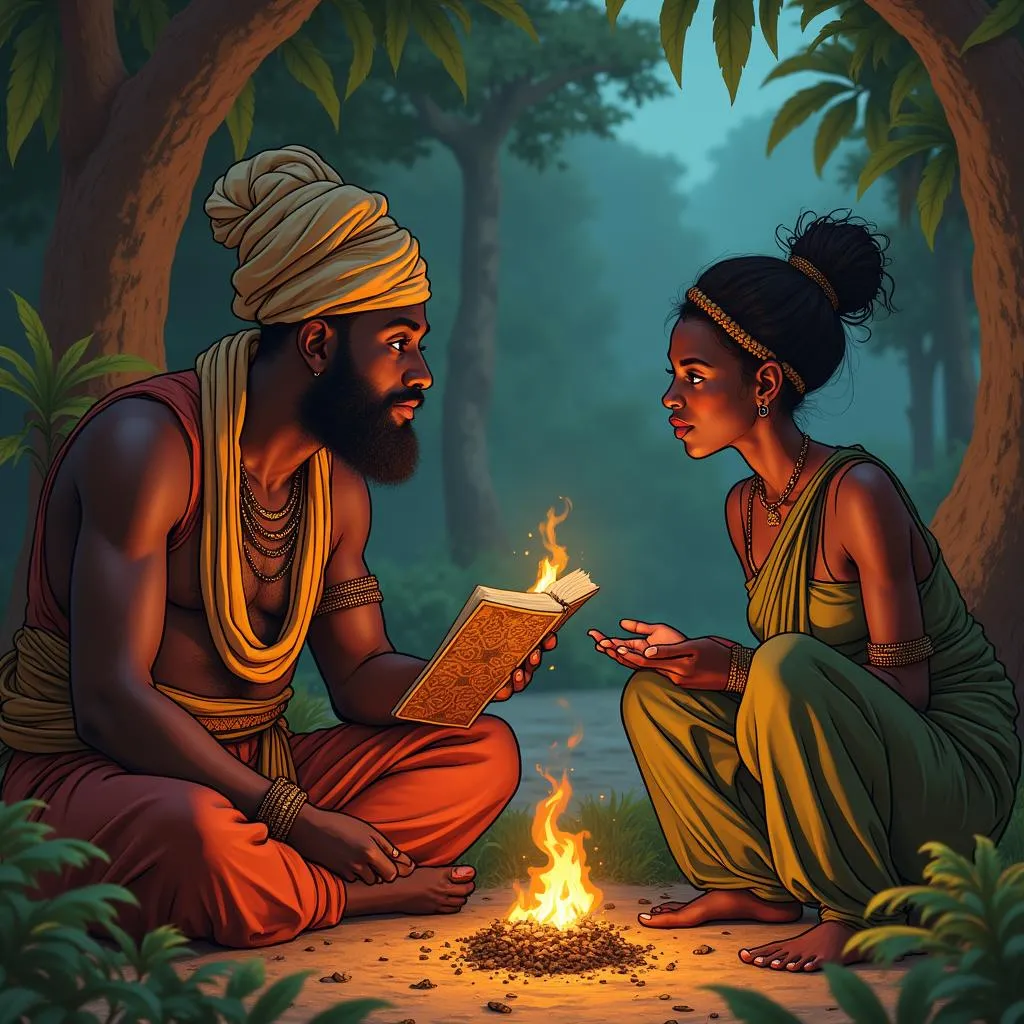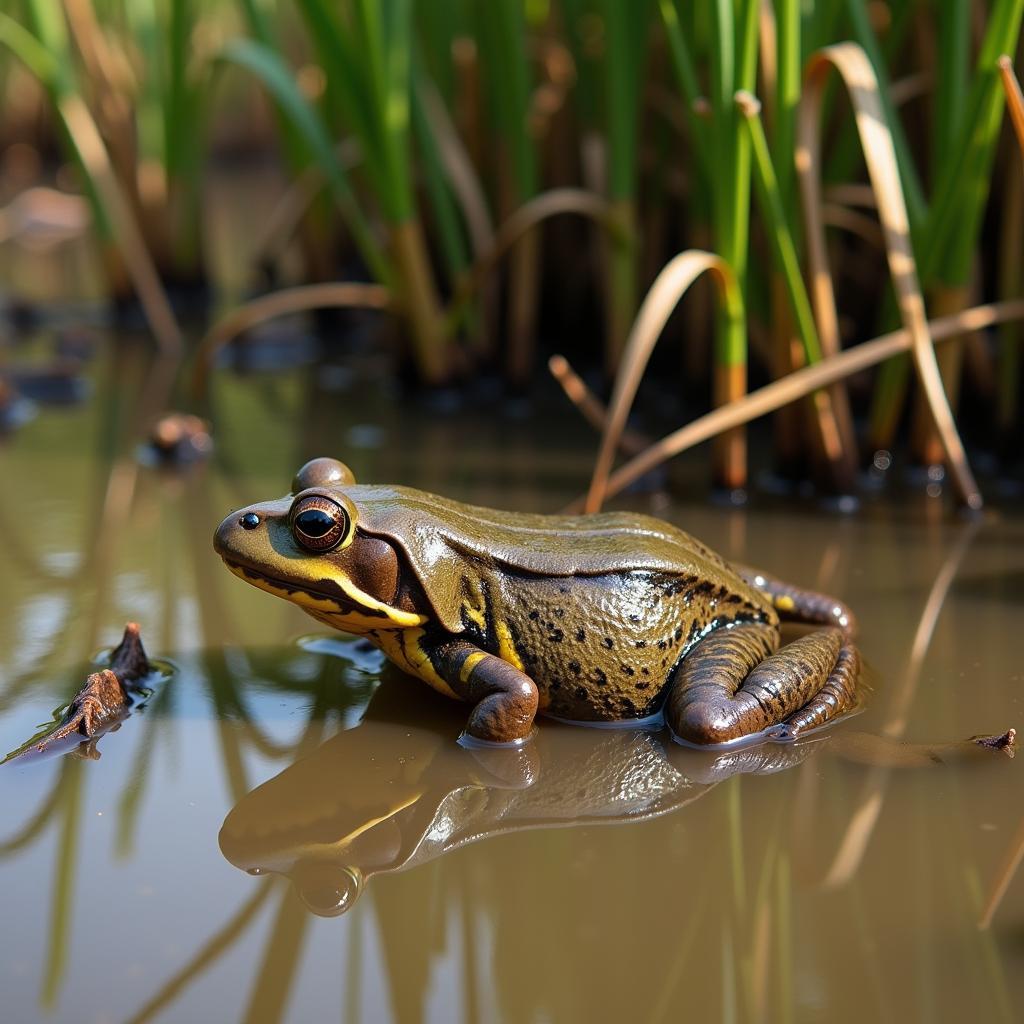The Fascinating World of African Genies: Myth, Magic, and Folklore
The African continent is rich with captivating stories, myths, and legends passed down through generations. Among these tales, the concept of “genies” holds a special place, representing powerful spirits or supernatural beings that possess extraordinary abilities. This article delves into the fascinating world of African Genies, exploring their diverse interpretations, cultural significance, and enduring presence in folklore, art, and music.
Understanding the Concept of “African Genies”
The term “genie” is often associated with Arabic folklore and the tales of Aladdin and his magical lamp. However, across the diverse cultures of Africa, the notion of supernatural beings with transformative powers has been interwoven into countless narratives. These entities are often portrayed as powerful, benevolent or malevolent forces capable of granting wishes, influencing events, or punishing wrongdoings.
The Origins and Evolution of African Genie Beliefs
The origins of African genie beliefs are deeply rooted in the continent’s rich history and cultural tapestry. Traditional animistic belief systems, which attribute spiritual significance to natural phenomena and objects, have played a significant role in shaping these narratives. Many cultures across Africa believe in the existence of ancestors, spirits, and deities residing in the natural world, including trees, rivers, and mountains. Genies are often seen as a specific category within this larger spiritual landscape.
Regional Variations and Interpretations
The portrayal of genies in African folklore varies considerably across different regions and cultures. In some traditions, genies are depicted as anthropomorphic beings with human-like features and abilities. In other cultures, they are portrayed as animals, plants, or even inanimate objects imbued with magical properties.
The Jinn in North Africa:
In North Africa, particularly in the Maghreb region, the concept of “jinn” closely aligns with Islamic beliefs. These supernatural beings are often described as invisible, possessing extraordinary powers and the ability to influence human affairs.
“The jinn are a complex and multifaceted part of North African folklore,” says Dr. Amine El-Khari, a renowned scholar of Islamic Studies. “Their actions and motives are often unpredictable, and their encounters with humans can be both terrifying and enlightening.”
The Abiku in West Africa:
In West African cultures, the “abiku” are spirits that are believed to be born as humans but return to the spirit world repeatedly, often causing the deaths of their infants. These spirits are often depicted as mischievous and playful, but their presence can be a source of great fear and sorrow for families who experience their loss.
The Role of Genies in African Art and Music
The concept of African genies has permeated various forms of artistic expression. In traditional storytelling, genie narratives are often used to convey moral lessons, cautionary tales, or celebrate heroic deeds.
Visual Arts:
In African sculpture and painting, genies are often depicted as figures with exaggerated features, symbolizing their supernatural power. The masks used in traditional rituals often incorporate elements that represent genie spirits, signifying their role in connecting the human realm with the spirit world.
Music and Dance:
The influence of genies can also be found in African music and dance. The rhythms and melodies of traditional music are often used to invoke the presence of spirits, including genies. The vibrant costumes and intricate movements of traditional dances also serve as a visual representation of the power and presence of these supernatural beings.
The Enduring Legacy of African Genies
Despite the rise of modern society and scientific advancements, the belief in African genies continues to hold relevance in many communities. These narratives provide a framework for understanding the mysteries of the natural world, the complexities of human nature, and the enduring power of faith and belief.
FAQ:
Q: What are the most common types of African genies?
A: The types of African genies vary widely depending on the region and culture. Some common examples include the jinn (North Africa), the abiku (West Africa), and the chi (Igboland, Nigeria).
Q: Are African genies always malicious?
A: No, African genies can be benevolent or malevolent, depending on their nature and the context of their interactions with humans.
Q: How are African genie beliefs relevant today?
A: These beliefs offer a rich source of cultural heritage, informing traditional practices, art, and storytelling. They continue to inspire contemporary artists, musicians, and writers, shaping cultural identity and understanding.
Q: Are African genies the same as “djinns” in Arabic folklore?
A: While the concept of “djinns” is prevalent in both Arabic and North African folklore, the specific interpretations and details can differ across these cultural traditions.
Q: What are some famous stories or myths about African genies?
A: Many stories and myths about African genies exist, including tales of wishes granted, encounters with mischievous spirits, and journeys into the spirit world.
Q: Are there any modern interpretations of African genies?
A: Contemporary artists and writers have explored African genie beliefs in various ways, often blending traditional elements with modern themes and perspectives.
Q: Where can I learn more about African genies?
A: You can find more information about African genies through books, documentaries, academic articles, and online resources dedicated to African folklore and mythology.
 African genie artwork depicting a supernatural being
African genie artwork depicting a supernatural being
 African music performance featuring traditional instruments
African music performance featuring traditional instruments
 African storyteller sharing traditional tales
African storyteller sharing traditional tales
The world of African genies offers a captivating glimpse into the rich tapestry of folklore, mythology, and cultural beliefs across the continent. These tales serve as reminders of the enduring power of stories to shape our understanding of the world, connect us to our past, and inspire us to embrace the magic and wonder of the human imagination.
